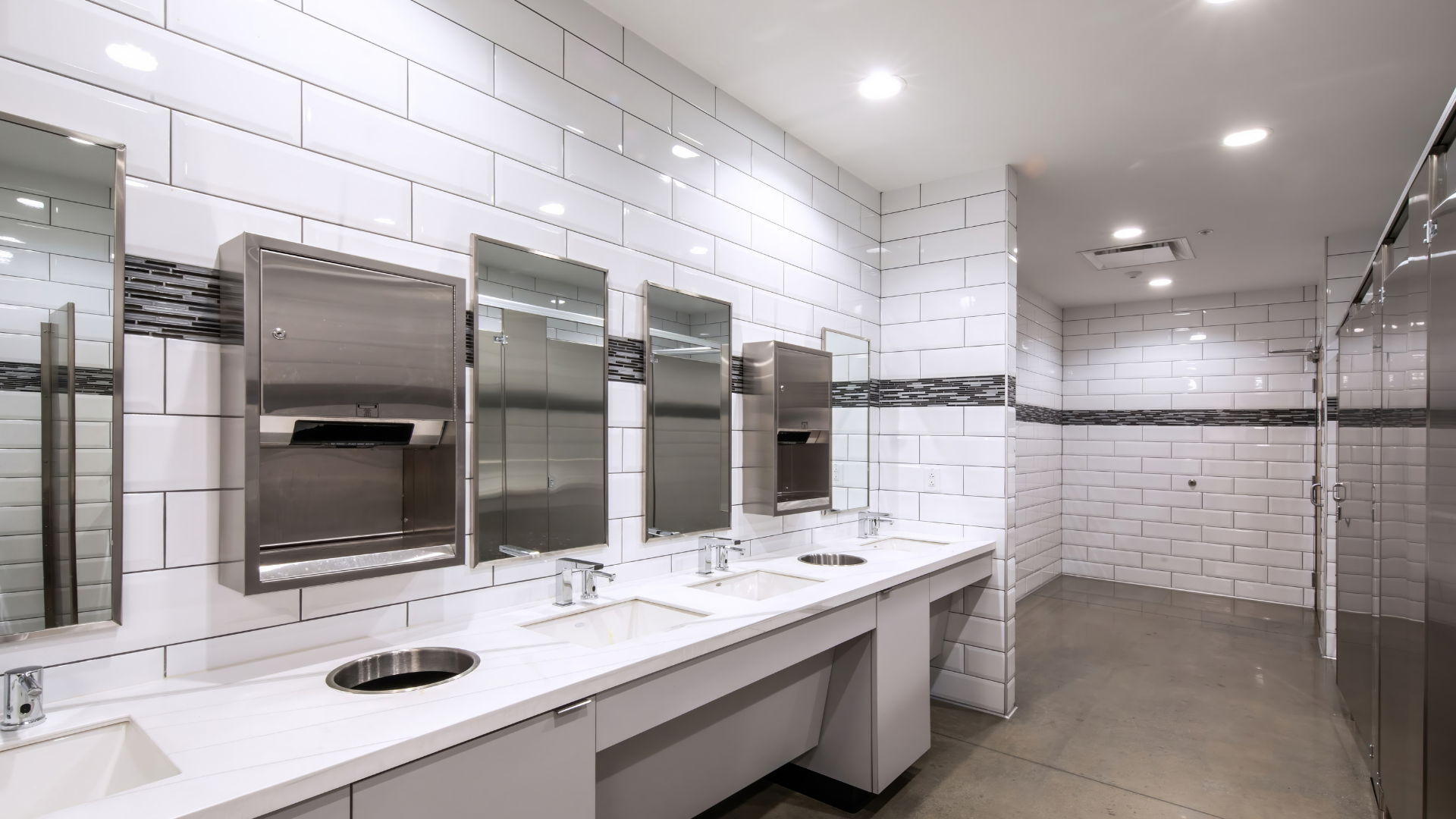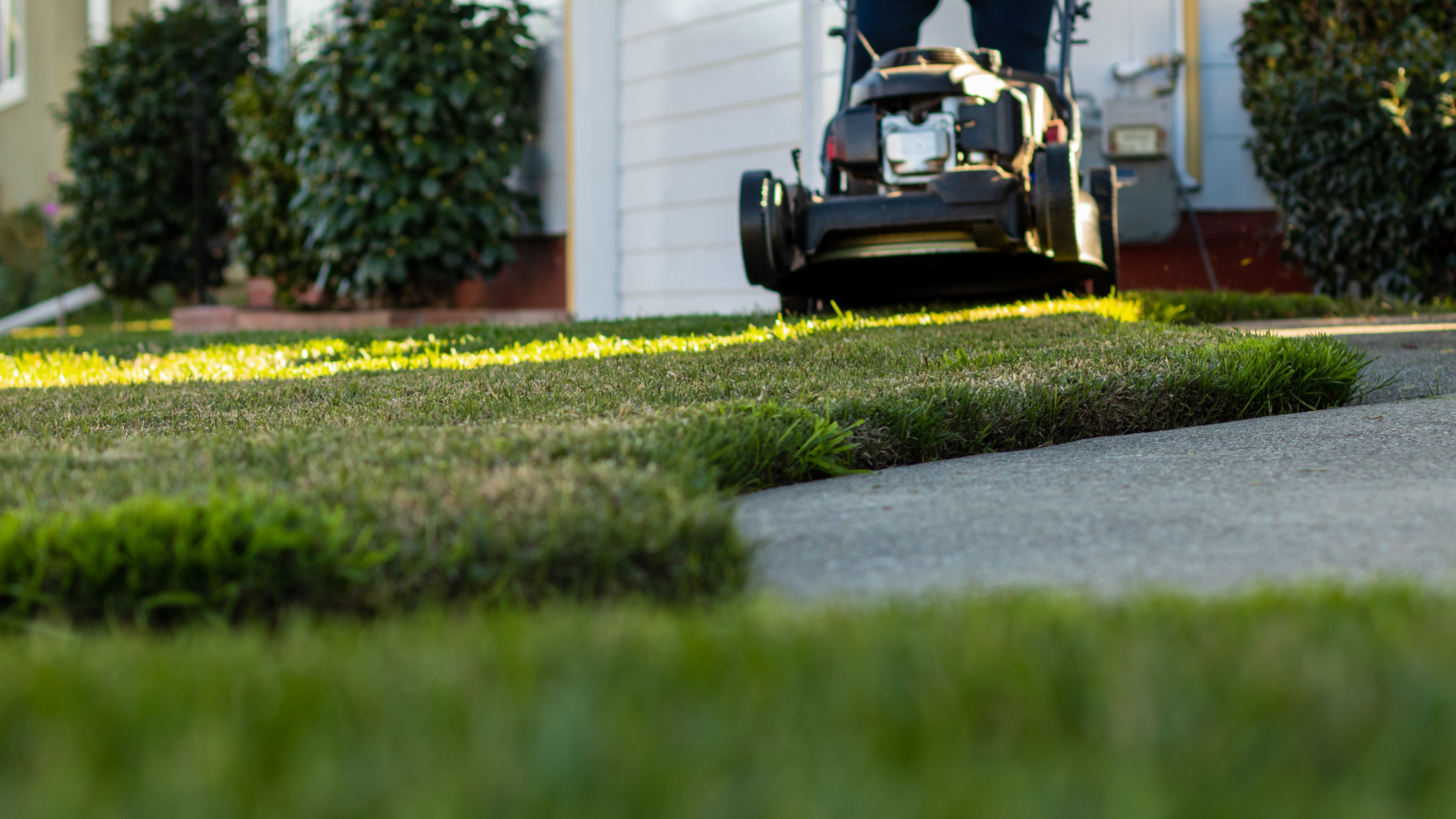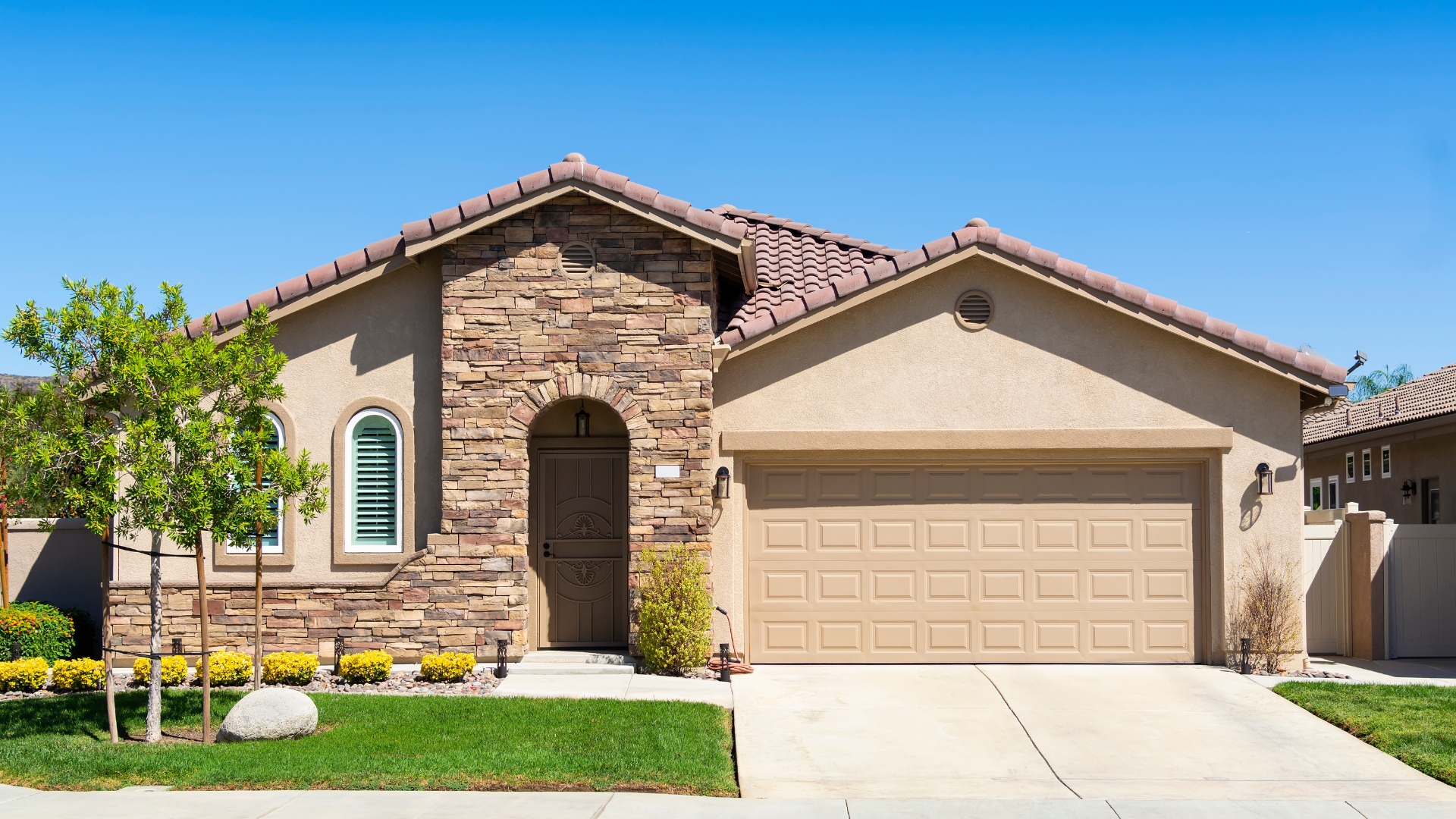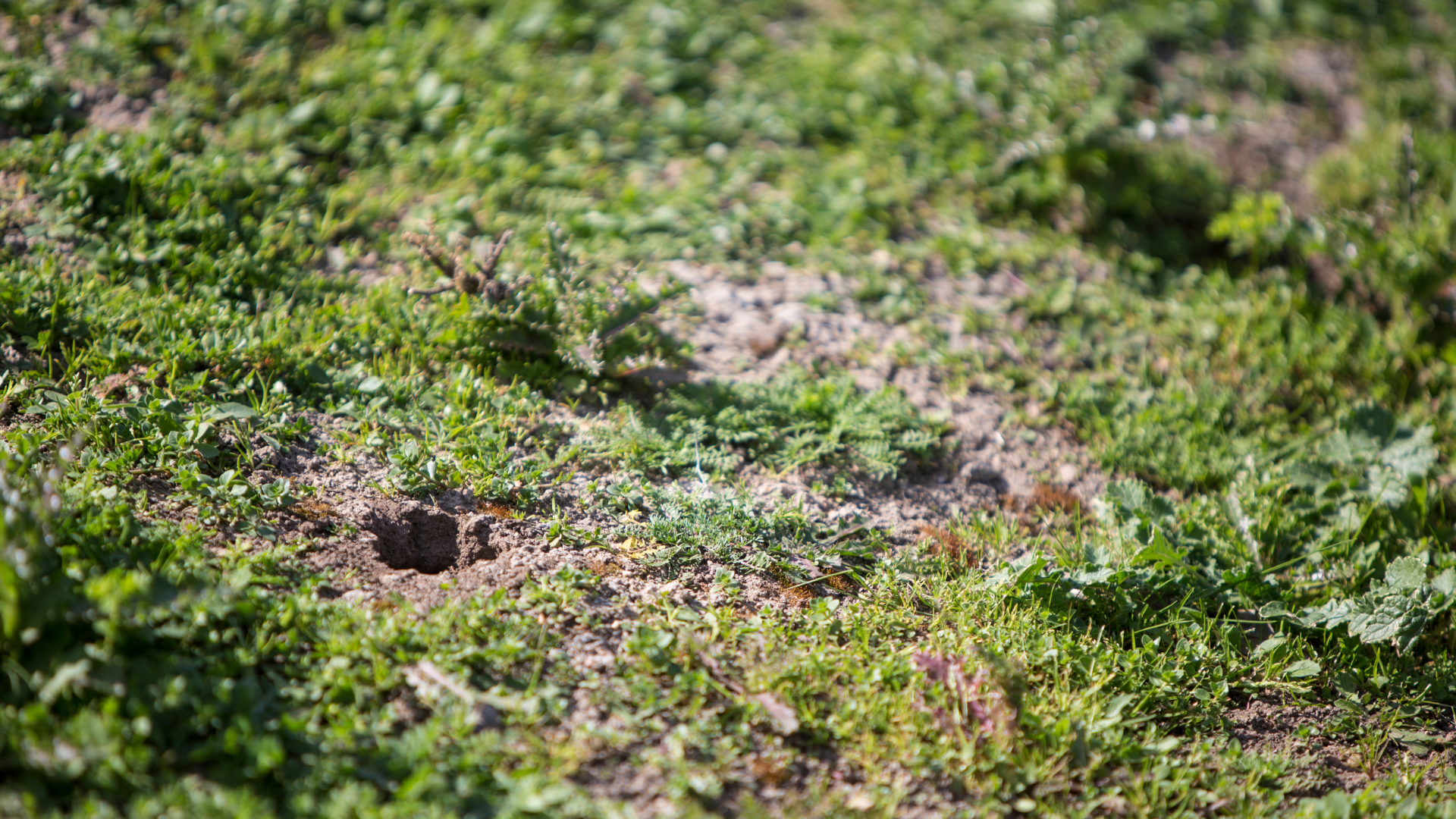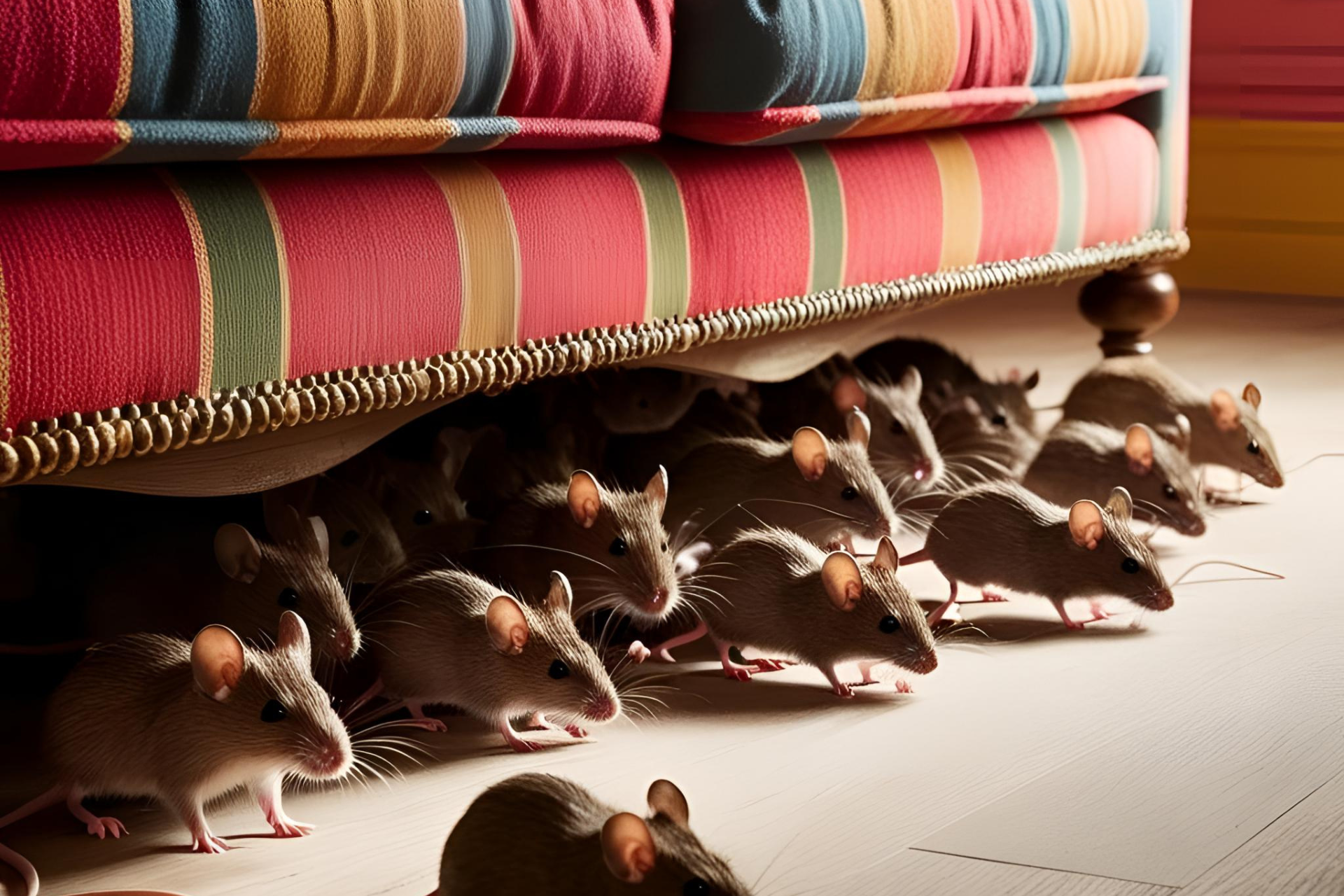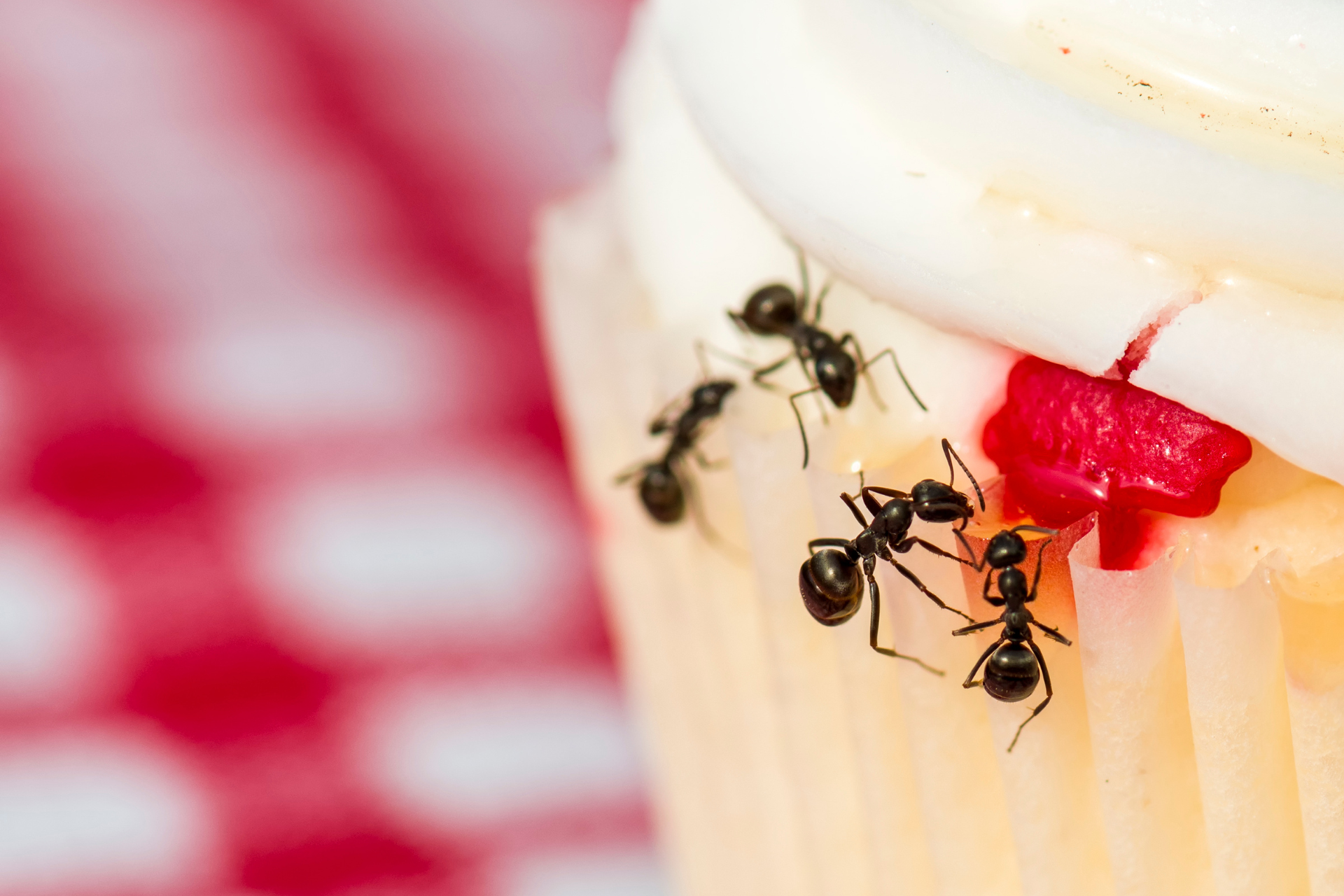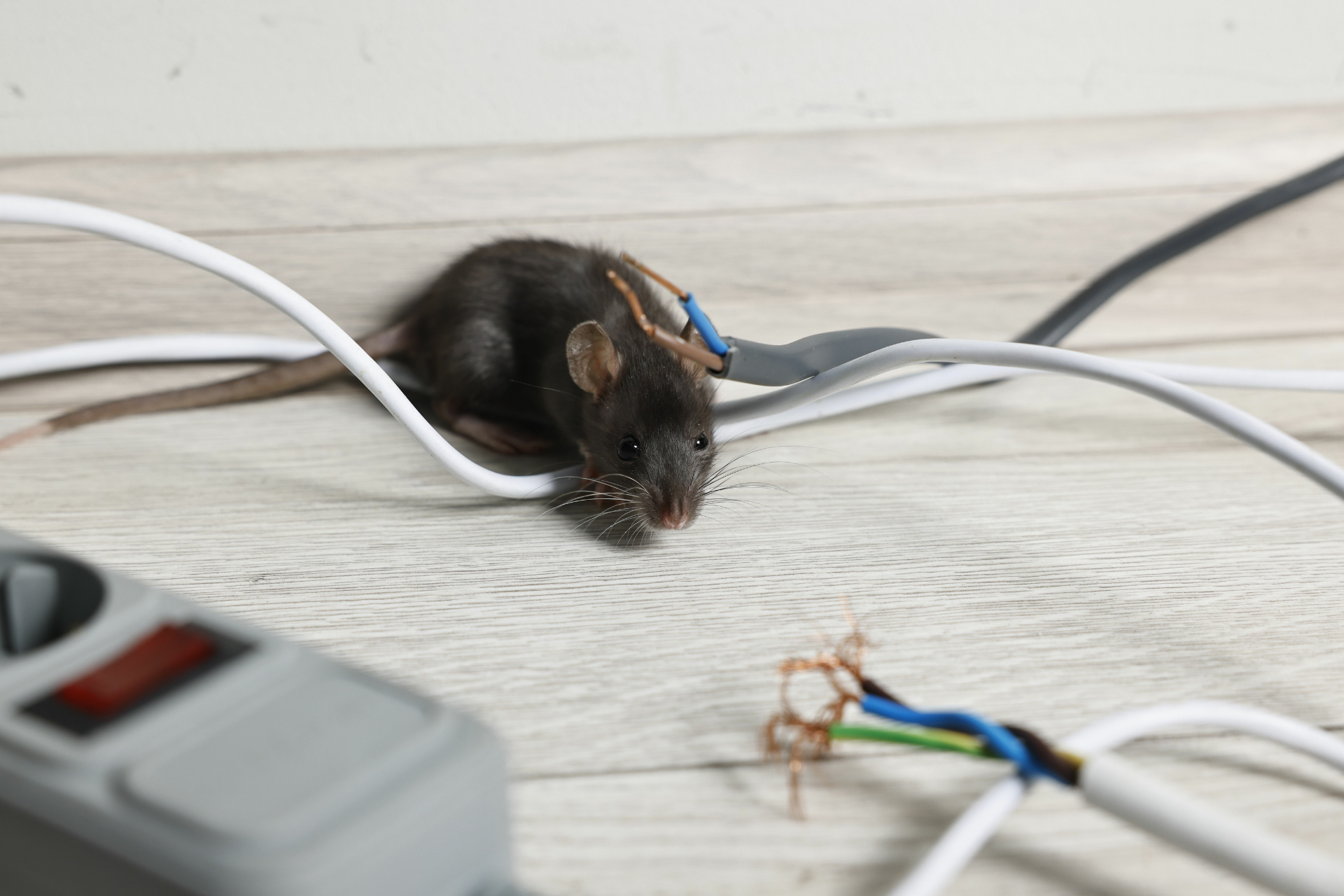Exterior Conditions That Lead To Indoor Spider Problems
Lush, thick plant growth can be visually appealing, but when it crowds against exterior walls or lingers beneath windows, it can also be a magnet for spider activity. Dense vegetation creates multiple layers of shade and humidity, offering a perfect hideaway for insects to take up residence in. Since spiders, like other predators, naturally follow where their food sources thrive, they’ll gravitate toward these areas that make for easy meals. When shrubs, climbing vines, and tightly packed flowerbeds hug the sides of a house, it creates a short bridge for arachnids to explore exterior walls, crawl up to windows, and in some cases, slip inside through small gaps or torn screens.
It’s not just the shade and moisture that are attractive to these eight-legged invaders; dense plant life is also a natural web-building frame. Certain spider species will weave their webs between branches or under overhangs, using the already-formed structure of the plants as a conveniently placed scaffold. In warmer months, these areas can be absolutely buzzing with insect life, making them the buffet of a lifetime for spiders. Over time, this type of constant activity increases the likelihood of migration indoors, especially when outside conditions shift due to temperature changes or seasonal insect fluctuations.
Trimming back overgrowth and allowing some breathing room between plants and the home’s perimeter can reduce this problem. Without that thick green curtain pressed against walls, the environment becomes less enticing for both the insects spiders prey on and the spiders themselves.
Mulch Beds And Ground Cover Around Foundations
Mulch might be a gardener’s best friend for keeping soil moist and suppressing the growth of weeds, but it’s also appealing to more than just plants. The soft, insulated layer of organic material can harbor a range of small insects and arthropods, creating a steady food supply for spiders. As they move in to hunt, they may begin to treat the mulch bed as a base of operations. Since mulch is often placed directly against the foundation, it creates a near-seamless transition from the ground to the side of the home.
Beyond the food source, mulch provides a sheltered microclimate. Underneath the top layer, the temperature remains more consistent, and moisture levels stay higher than in bare soil. Spiders are drawn to these stable, concealed spaces where they can rest during the heat of the day or during cooler nights. Ground covers like ivy or pachysandra work in a similar way, giving spiders an undisturbed haven close to entry points.
The risk increases when mulch beds are replenished year after year without monitoring their depth or proximity to siding. Overly thick mulch not only encourages more insect activity but can also start to mask foundation cracks or small openings where spiders can slip inside. While the aesthetic appeal of mulch is undeniable, strategic placement and depth control are important to limit unintended visitors.
Stacked Wood And Stored Materials Near The House
Piles of firewood, stacked lumber, or even bundles of garden stakes can become prime real estate for spiders. These piles create a maze of tiny crevices, perfect for sheltering not just spiders but a variety of small prey species. The combination of protection from predators, a controlled microclimate, and an abundant food source makes these spots an irresistible draw.
The problem escalates when these stacks are stored right up against exterior walls or under decks with open sides. This setup puts spiders within striking distance of vents, weep holes, or door gaps. As they patrol their hunting grounds, they can wander into the home without much effort. Seasonal changes, especially in autumn, can make this even more likely as spiders search for warmer, stable environments for overwintering.
It’s not uncommon for certain spider species to tuck egg sacs within these materials, ensuring the next generation hatches close to potential indoor shelter. Regularly shifting or rotating stored wood, and placing it farther from direct contact with the home, can help disrupt this cycle. The more physical distance between these hiding spots and potential entryways, the harder it becomes for spiders to make the jump indoors.
How These Features Combine To Create Spider Highways
One factor often overlooked is how these landscaping elements can work together to create an interconnected web of access points. Dense vegetation next to a mulch bed, leading to a nearby stack of firewood, can form a continuous path of ideal spider habitat. Each element feeds into the next, offering shelter, moisture, and prey in close quarters.
For instance, a spider might spin a web in a bush, retreat into the mulch during the hottest part of the day, and then move toward a woodpile for hunting at night. Over time, these movements bring them closer and closer to doors, windows, and ventilation points. This gradual encroachment is often invisible until indoor sightings begin.
By understanding that these features aren’t isolated, it becomes easier to see the bigger picture of how landscaping choices can influence spider migration patterns. Each element on its own might not cause a major problem, but when combined, they can create a continuous habitat that encourages ongoing activity around the home.
Spiders aren’t invading at random; they’re responding to the conditions we create in our yards and around our homes. Dense vegetation, mulch beds pressed to the foundation, and woodpiles within arm’s reach of walls can all act as stepping stones that bring these creatures closer to your living spaces. Adjusting landscaping to break up these attractive features can slow down or disrupt their migration.
At 101 Gopher & Pest Control, we understand how the details outside can influence what’s happening inside. Our team can assess your property’s unique setup, identify the areas that may be inviting unwanted pests, and help you take steps to reduce their presence. If you’ve noticed an increase in spider activity or simply want a professional eye on potential problem spots, don't hesitate to
contact us today. We can work with you to create an environment that’s less appealing to pests and more comfortable for you.

